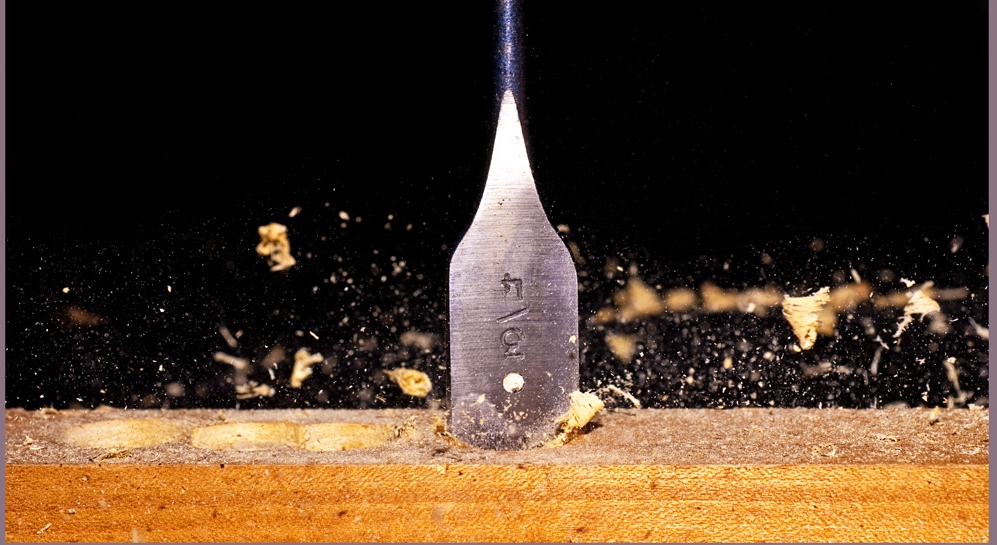
Creating Villains
In order to really show his stuff, a protagonist needs challenges to overcome. The tougher the opposition, the more…
June 20, 2016
In order to really show his stuff, a protagonist needs challenges to overcome. The tougher the opposition, the more…
June 20, 2016
I hate making phone calls. When it comes to picking up the phone, I always procrastinate as long as…
May 15, 2016
What’s in a name? That which we call a rose By any other name would smell as sweet. Perhaps…
April 13, 2016
Characters who violate a stereotype are interesting; by surprising us they pique our interest, make us want to explore.…
March 17, 2016
In her book The Resolution for Women, Priscilla Shirer tells a story about a tassel. She was in the…
February 21, 2016
I am not a horse person. I freely admit almost complete ignorance in regard to horses and horse-related things.…
January 17, 2016
Not everyone can be the hero or the villain. A story needs a cast of supporting characters too. Here…
December 20, 2015
Habits and mannerisms must originate somewhere, for some reason. In a novel, where aspect of a character should be intentional, a character’s…
November 19, 2015
Fictional characters are like onions; they are made of many layers. A writer must peel back the layers to…
October 16, 2015
Do your characters sometimes refuse to cooperate in the middle of a scene? Why is that? You know your…
September 14, 2015
Take your characters deeper All great writers understand the importance of creating well-developed characters, but how does a character…
August 27, 2015
What is emotional continuity? When actors enter a scene, they bring with them a certain attitude and emotional state…
July 9, 2015
Good writers know that developing well-rounded characters is critical, and one technique for creating such interesting characters is to…
June 16, 2015